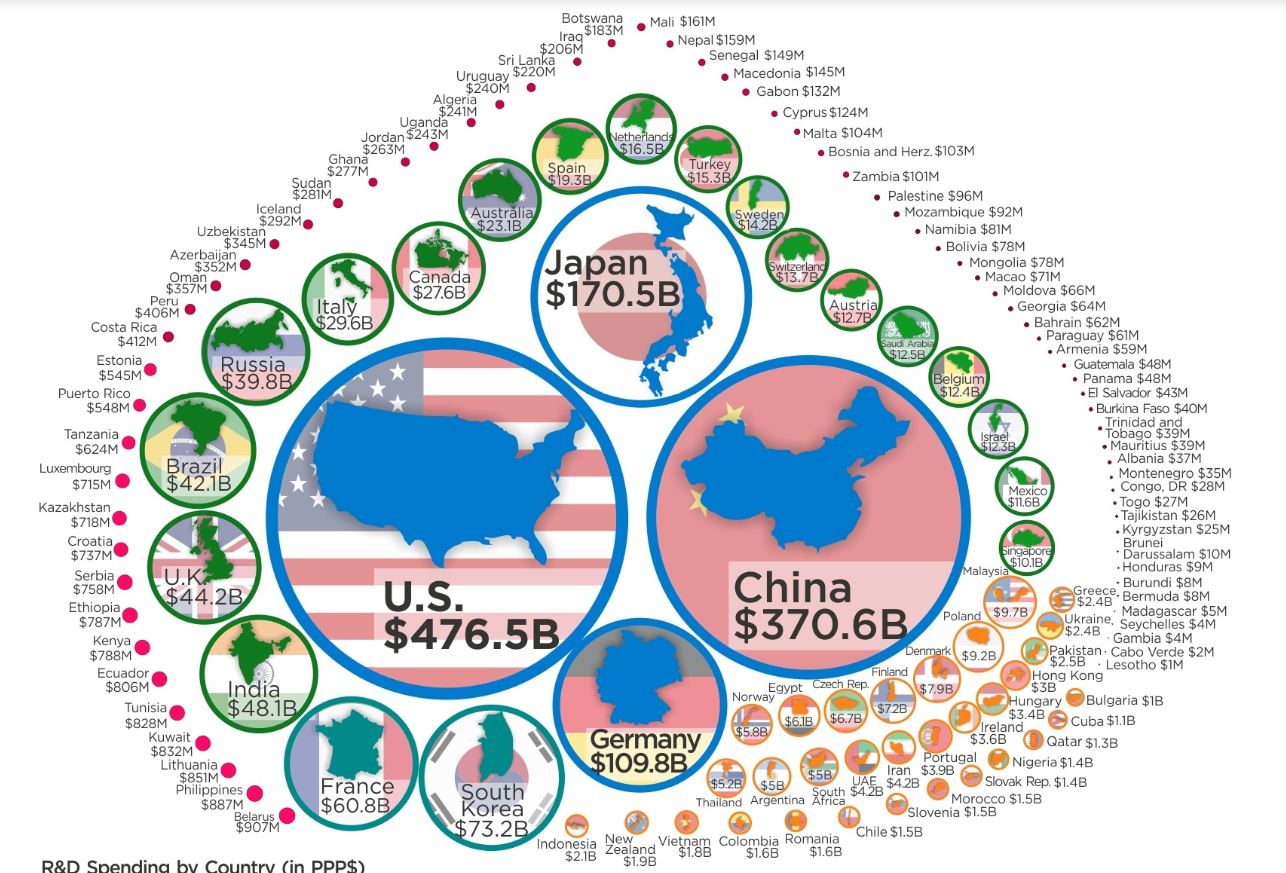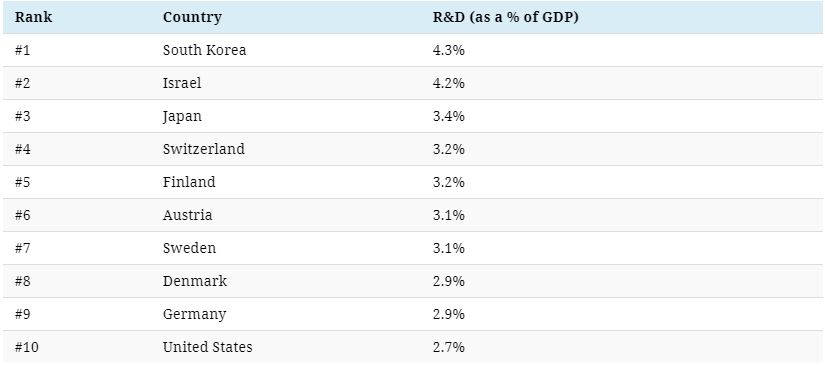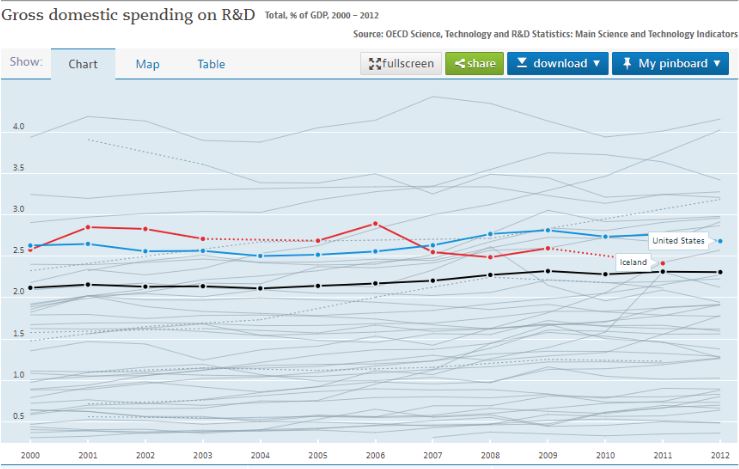Will The Next Recession Stop Blockchain Innovation?
As an innovative sector, does blockchain have anything to fear from a possible recession?

Share this article
Economists have long recognized the relationship between economic growth and investment in R&D. The correlation is as strong as it is intuitive: more investment in innovation leads to greater productivity, driving economic growth.
Economic history also teaches us another lesson: alongside advertising and capital expenditure, investment in R&D is one of the first areas where companies cut back on in a downturn. A study conducted in 2010 at Penn State’s Smeal College of Business found that American consumer goods and services companies underspent on R&D during the seven recessionary periods between 1969 and 2008.
With global recession fears dominating headlines, how will blockchain innovation fair in a recession?
The Link Between Innovation and Economic Development
Investing in science and technology R&D leads to innovation, capital accumulation, and the development of human resource capabilities. Those, in turn, lead to economic development and growth. The relationship is not entirely linear, and it is thought that more developed countries and more densely populated geographical areas benefit disproportionately.
But it’s no accident that the world’s most powerful economies dominate R&D spending, with the U.S., China, Japan, Germany, South Korea, and France outgunning competitors in terms of absolute annual R&D spend.

The list of the top ten countries for R&D expenditure as a percentage of GDP is nearly identical to the list of the world’s wealthiest countries. Scandinavia, Japan, Korea, the U.S., and European powerhouses Germany and Switzerland feature prominently. Israel replaces China, if the spend is measured in proportion to the size of the economy.

Innovation Spending Fell In The Last Recession
The 2008 financial crisis is the most notable modern-day recession. The Harvard Business Review found that prevention-focused CEOs slashed discretionary spending in 2007-08, cutting budgets in R&D, capital expenditure, and new business development.
The findings pointed to Sony as an example of a risk-averse corporation. The electronics giant announced cost-cutting measures of $2.6 billion in December of 2008, which eliminated 16,000 jobs and closed a number of factories.
Spending on innovation as a percentage of GDP did not fall significantly during the Great Recession, according to the OECD, stumbling by only a few dozen basis points. That suggests that not all companies respond to adversity by cutting costs. But as GDP fell globally, the spend on R&D shrank.
The organization reported that:
Countries that were particularly hard-hit by the crisis, such as Iceland, witnessed steep falls in R&D spending as a percentage of GDP.

Implications for Blockchain Innovation
Crypto Briefing reported today that social media interest in Ethereum had fallen to levels not seen since December 2017. The lack of interest in the platform was partly explained by “uncertainty surrounding the timing of a move to a Proof of Stake mechanism… fears of a price crash… [and] a significant decline in market sentiment.”
Ethereum-focused software developer ConsenSys announced plans last December to lay off 13 percent of its staff. It also heavily reduced spending on so-called ‘Spokes’, with impacts reverberating around the Ethereum developer community. The prolonged crypto winter was particularly punishing for the 2017 class of ICOs, many of which “suffered major contraction[s]” in 2018.
If 2018 can be considered a recessionary period for the crypto industry, it could be considered a foretaste of what could happen in a wider macroeconomic contraction. That would augur poorly for the near-term future of blockchain innovation.
As an innovative sector, the blockchain space faces declining investment appeal if the slowdown persists. Economic history teaches us that the wheel of innovation stops once the GDP engine turns off.
Innovation may help drive economic growth, but it also relies on the investment that growth promotes. Blockchain technology is far from immune from the global slowdown which many pundits are predicting.
Share this article
